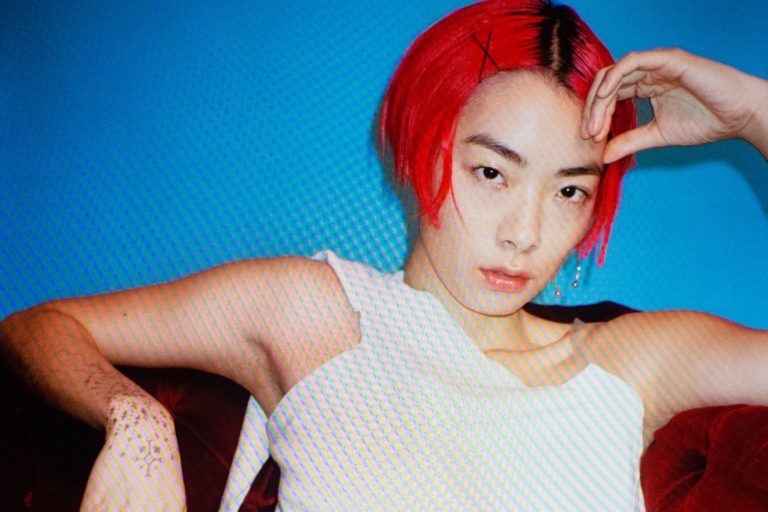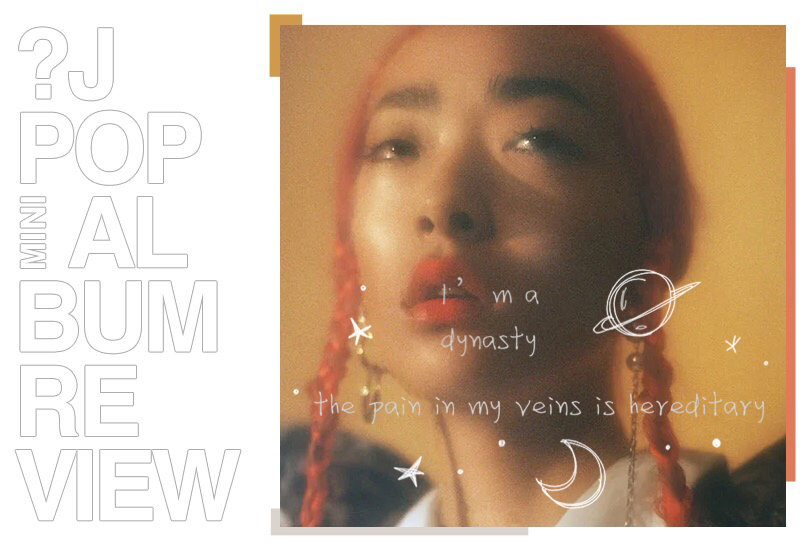
Michelle Dalarossa
Contributing Writer
Pop is a genre that is constantly changing, subject to the caprices of the masses and shaped by the innovations of the times. Singer Rina Sawayama is no stranger to the evolution of the genre, and her debut album Sawayama is proof of that. Released on April 17, the album blends hallmarks of ‘90s and ‘00s pop with modern musical trends, all while incorporating unexpected flourishes that showcase Sawayama’s originality.
With experience modeling for names like MAC and Versace under her belt, Sawayama established herself as an exciting new player on the pop scene in 2017 with her critically acclaimed breakout EP RINA. The release explores the clash of technology and interpersonal relationships with genre-bending sounds similar to the ones found on her debut album. Sawayama, however, takes the sonic elements familiar to fans one step further, refining and amplifying them in exciting new ways.
The first song on the album, “Dynasty,” introduces listeners to both the lyrical and sonic themes that run through the album. A single, solemn organ note fixed underneath one jittery, high-pitched note and the distant sound of an alarm are the foundation upon which Sawayama’s voice first enters. Smooth and purposeful, Sawayama’s vocals build momentum and an underlying tension within the song.
There’s a glimpse of vulnerability in her opening lyrics as she sings, “I’m losing myself in the darkness of the world.” But before you know it, the song enters a dramatic and grandiose chorus complete with chimes, electric guitar, and the steady beat of a drum set.
“I’m a dynasty, the pain in my veins is hereditary,” Sawayama chants as the electric guitar becomes more prominent and the earlier tension is released. What is left, however, is not a sigh of relief but a hardened proclamation of Sawayama’s place within her heritage.

It is this interplay between vulnerability and toughness, hard and soft, that is present throughout Sawayama, both in the artist’s lyrics and musical decisions. Songs like “STFU!” and “XS” effortlessly jump between sweet and edgy, balancing caustic, metal guitars with twinkling accents reminiscent of early Britney Spears songs.
Whether Sawayama’s songs are dark and fast or glossy and glittering, a strong sense of personal catharsis is present in almost all of her music. With lyrics like “I wish you well but go take it somewhere else” and “I’m done waiting,” Sawayama effectively renounces personal and societal expectations — not for revenge, but for release, allowing listeners into her vulnerability while offsetting it with songs of self-empowerment and acceptance.
She pays homage to her Japanese roots in songs like “Akasaka Sad” and “Tokyo Love Hotel” while making space for her queer identity and LGBTQ+ community in “Chosen Family” and “Comme Des Garçons (Like the Boys),” inviting listeners to question the meaning of family and to explore its boundaries (or lack thereof).
Ambitious production decisions that layer voices, instruments, synths, and sound effects only add to the drama that Sawayama infuses into her songs. And although they occasionally edge towards the brink of overproduction, they never become overwhelming.
This skillful sense of control is what allows Sawayama to play with so many musical components and succeed at pushing the boundaries of pop. With her audacious sonic choices and personal lyrics, Sawayama adds depth and dimension into what could have otherwise been just another pop album, cementing her as one of today’s artists of the future.
















